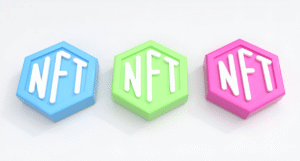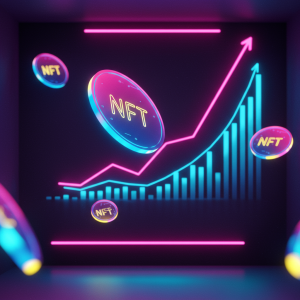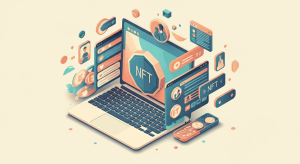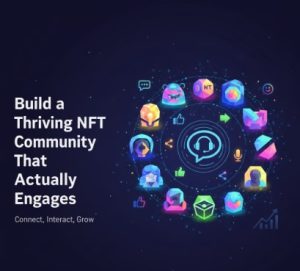NFT Photography Market: Unique Challenges and Opportunities

Photography has found a new frontier in the NFT marketplace, transforming how visual artists monetize and distribute their work. Unlike traditional art markets, blockchain technology has created unprecedented opportunities for photographers to establish provenance, reach global audiences, and capture value that was previously difficult to secure in the digital realm.
The photography NFT market has grown substantially since 2021, with notable photographers like Justin Aversano and Julie Pacino achieving multi-million dollar sales. This transition represents more than just a new sales channel—it’s reshaping the fundamental relationship between photographers, their work, and their audience.
Market Dynamics and Value Proposition
Photography NFTs operate differently from physical print sales or stock photography licensing. The value derives from digital scarcity, proof of ownership, and community engagement rather than physical possession. This paradigm shift has created both challenges and opportunities for creators entering the space.
Collectors in this market are often seeking photographs with compelling narratives, technical excellence, or cultural significance. The most successful photography NFTs typically offer something beyond the image itself—whether that’s storytelling, historical significance, or connection to broader cultural movements. For example, Quantum Gate Gallery has curated collections that specifically highlight photographers documenting climate change, creating thematic value beyond individual images.
Technical Considerations for Photographers
Photographers entering the NFT space must navigate technical considerations that don’t exist in traditional photography markets. Image resolution, file formats, and storage solutions all impact the longevity and value of photography NFTs.
Most platforms recommend high-resolution files that balance quality with storage efficiency. While the NFT itself lives on the blockchain, the image file is typically stored using decentralized storage solutions like IPFS to ensure persistence. This technical infrastructure is critical for maintaining the value proposition of photography NFTs over time.
When preparing collections for minting, photographers should consider how their work will be displayed across different viewing environments and devices. The visual integrity of the work across platforms directly influences collector perception and market value.
Copyright Considerations and Ownership
The NFT photography market presents unique copyright challenges. Purchasing an NFT grants ownership of a token associated with the work, not necessarily the copyright to the photograph itself. This distinction can create confusion among buyers and sellers without clear terms.
Photographers should carefully structure their NFT offerings with explicit terms regarding reproduction rights, commercial usage, and ownership boundaries. Many successful photographers in this space maintain copyright while granting specific display rights to token holders, creating a balanced value proposition for both parties.
For more comprehensive guidance on navigating these legal considerations, the NFT Photography Rights Guide offers frameworks that help photographers protect their intellectual property while participating in the token economy.
Building Community and Value
Perhaps the most significant difference between traditional photography markets and the NFT ecosystem is the central role of community. Successful photography NFT projects frequently build engaged collector communities around shared aesthetic values, causes, or creative visions.
Photographers who actively engage with their collector base through Discord channels, exclusive content, or physical events often see stronger secondary market performance. This community-driven approach transforms the traditional artist-collector relationship into something more collaborative and ongoing.
You can learn more about building photography communities in the NFT space on our homepage, where we share regular updates on market trends and community-building strategies.
Future Trajectories and Market Evolution
The photography NFT market continues to evolve, with emerging trends suggesting several potential future directions. Photography-specific platforms are developing features tailored to the medium’s unique characteristics, while traditional photography institutions are beginning to bridge the gap between conventional art markets and token-based economies.
Environmental concerns regarding blockchain energy consumption have prompted many photographers to seek out eco-friendly minting options. As the market matures, we’re seeing increasing differentiation between mass-market photography NFTs and high-value fine art photography collections, each with distinct collector bases and market dynamics.
The integration of photography NFTs with augmented reality experiences and physical exhibition rights presents exciting new possibilities for how we experience and collect photographic work.
Conclusion
The NFT photography market represents both challenge and opportunity for photographers willing to navigate its unique landscape. Success in this space requires not just compelling imagery, but strategic thinking about technical implementation, rights management, and community building. As the market continues to mature, photographers who thoughtfully engage with these considerations are positioning themselves to thrive in this new visual economy.








